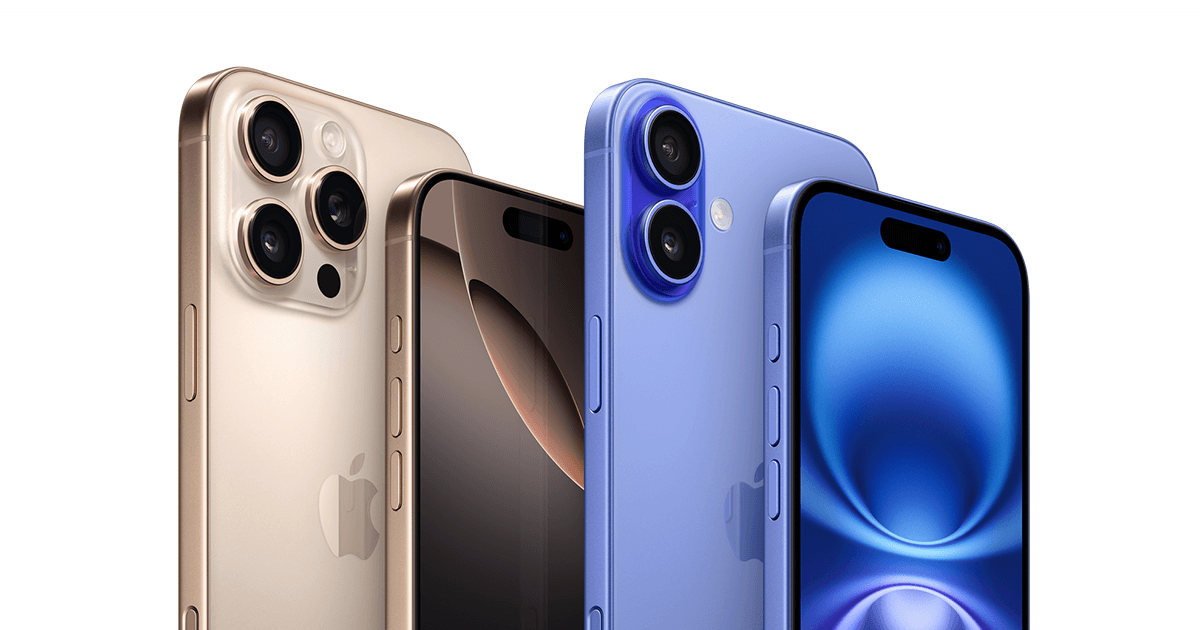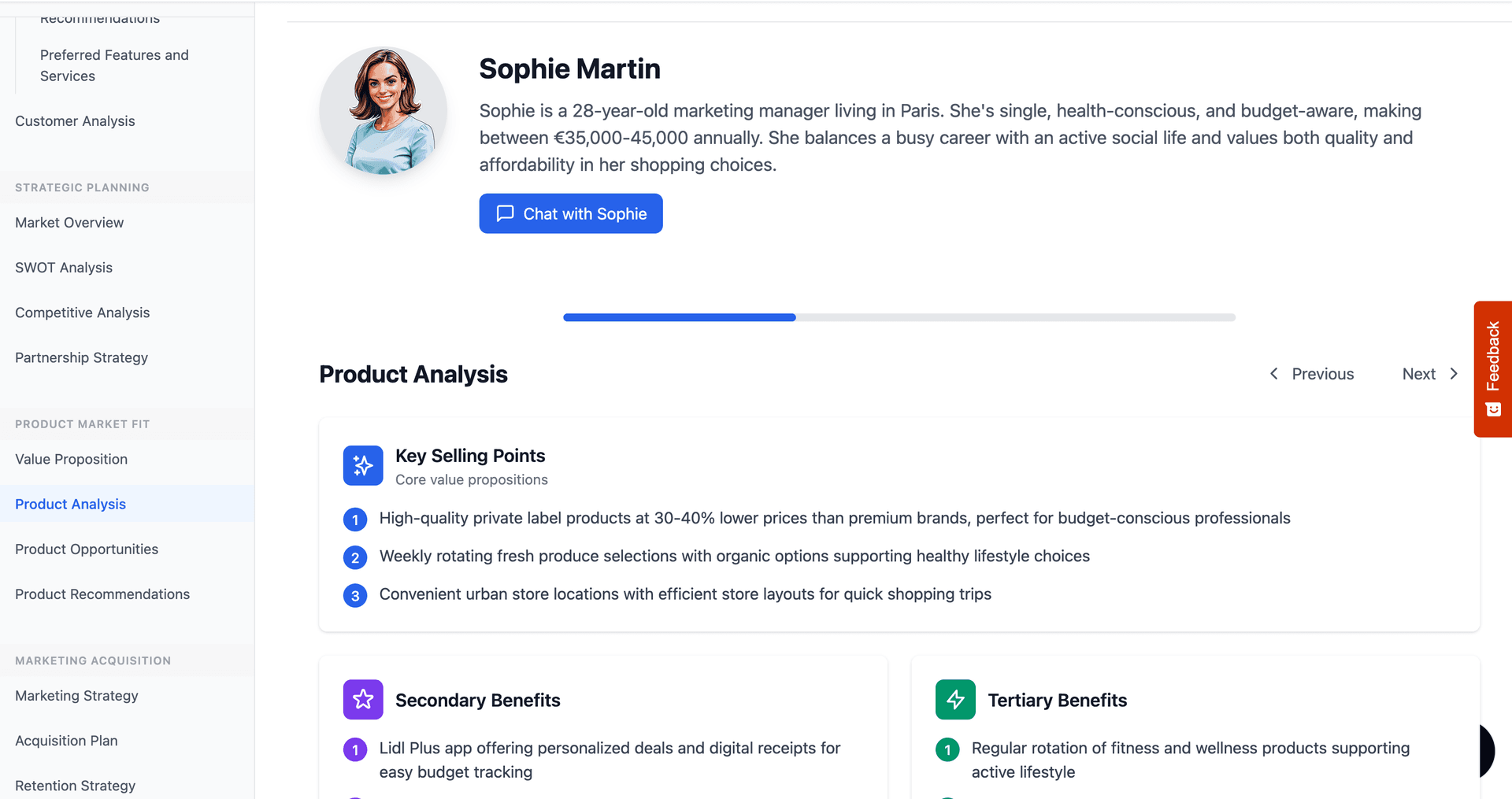
Key Selling Points: How to Identify Your Product's Strengths?
Anaïs Ribeiro
Discover how to identify and highlight your product's strengths using Key Selling Points (KSP). A practical guide to define your unique selling propositions, stand out from competition and effectively convince your potential customers.
Key selling points: how to identify your product's strengths?
Why do some products sell like hotcakes while others struggle to find their audience?
It all comes down to Key selling points (KSP) and creating a strong Value proposition.
These differentiating selling points are what convince your customer to buy from you rather than elsewhere, creating true Product differentiation.
If you've ever struggled to explain why your product is the best, this article is for you. We'll see how to identify your KSPs, mistakes to avoid, and most importantly, how to test their impact to refine your Marketing strategy.
What are key selling points?
Key selling points (KSPs) are the unique and differentiating selling points of a product or service. They are the specific reasons why a customer should choose your offer over another, constituting your Competitive advantage.

Arguments de vente clés : définition et exemples
A good key selling point must be:
- ✔️ Clear → Easy to understand in seconds
- ✔️ Specific → No generalities, a concrete benefit
- ✔️ Relevant → Aligned with customer expectations and needs
- ✔️ Measurable → A tangible element that can be proven
Concrete example: Apple

Les arguments de vente clés d'Apple
Rather than saying "We sell high-end smartphones", Apple focuses on a powerful KSP that defines their Brand positioning:
"A sleek design, smooth user experience, and perfectly integrated ecosystem"
The message is specific and differentiating. Result? Apple doesn't need to be the cheapest company: its strong KSP justifies its price and ensures an exceptional Customer experience.
How to define your product's key selling points?
Defining your KSPs isn't random. Here's a simple 3-step method:
🔹 Step 1: Analyze your market and competitors
- What are your direct competitors' KSPs?
- What arguments do they highlight on their website and ads?
- What are their strengths/weaknesses?
👉 Example: If you sell organic cosmetics and all your competitors talk about their natural ingredients, your KSP needs to go further (e.g., "Our cosmetics are organic, refillable, and zero waste").
🔹 Step 2: Know your ideal customer (Persona)
An effective KSP addresses a specific problem of your audience. To define it, ask yourself:
- What frustrations does my product solve?
- What benefits are my customers looking for?
- What triggers their purchase decision?
💡 This is where a tool like Persona Builder helps you understand your audience in minutes.
🔹 Step 3: Identify what makes you unique
Your KSP must be hard to copy. To do this, identify what truly sets you apart:
- A specific technology?
- An exclusive service?
- A unique manufacturing process?
👉 Ask yourself:
"If my company disappears tomorrow, what won't my customers find anywhere else?"
Use Persona Builder to identify your key selling points
Persona Builder helps you identify and highlight your most impactful key selling points.

Exemple d'arguments de vente clés dans Persona Builder
Common mistakes to avoid
Many companies fall into the same traps when defining their KSPs. Here are 5 classic mistakes:
-
❌ 1. Being too generic → "Our products are quality"
✔️ Instead: "100% organic cotton clothes, made in France" -
❌ 2. Focusing too much on features → "Our app has an advanced algorithm"
✔️ Instead: "Save 10 hours per week with our intuitive AI" -
❌ 3. Lacking proof → "Our customers love us"
✔️ Instead: "Rated 4.8/5 on Trustpilot by over 10,000 customers" -
❌ 4. Not considering competition
✔️ Your KSP must be hard to copy. If everyone says "Organic product", find what sets you apart. -
❌ 5. Not testing your KSPs
✔️ A good KSP must be tested and validated (see next point).
How to test your key selling points?
Having KSPs is good. Making sure they work is better. Here are 3 ways to test them:
-
📌 A/B Testing on your website
Display two different versions of your pitch and measure which generates more conversions. -
📌 Targeted advertising
Test different messages in Facebook/Google ads to see what attracts the most engagement. -
📌 Direct customer feedback
Ask your customers:- "Why did you choose our product?"
- "What element convinced you?"
💡 With Persona Builder, you can refine your KSP by testing different variants on your marketing personas.
📌 Summary: key takeaways
- ✅ A good KSP is clear, specific, and customer-focused
- ✅ Define it by analyzing your market and audience
- ✅ Avoid common mistakes and test your messages to optimize them
- ✅ A well-defined persona helps refine your KSPs and improve your sales
👉 Now, tell me: what is your strongest key selling point?
